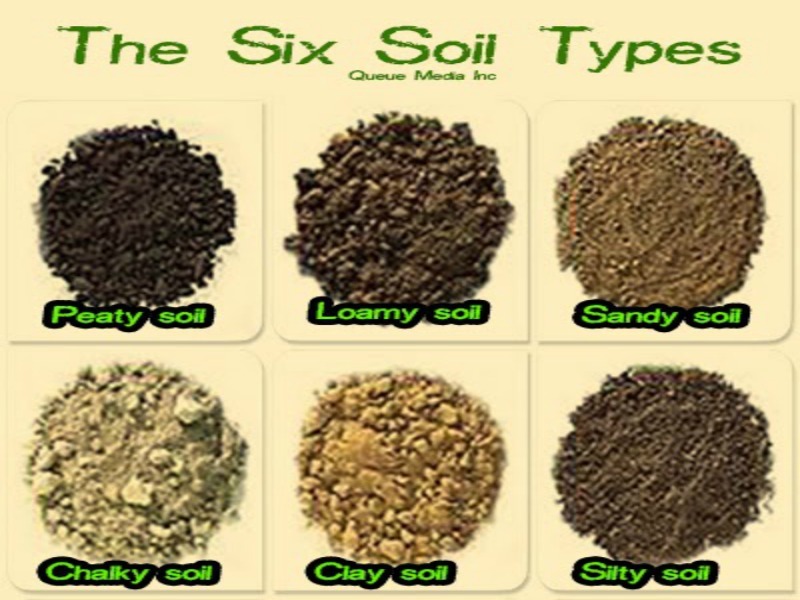Container gardening is an increasingly popular choice for gardeners with limited space or those seeking more control over their plants. Whether you’re growing vegetables, herbs, flowers, or succulents, selecting the right soil mixture is crucial to your plants’ success. Unlike traditional in-ground gardening, container plants are entirely dependent on the growing medium within the pot. This means that if the soil mixture isn’t well-suited to their needs, your plants may suffer from poor drainage, lack of nutrients, or improper aeration.
But what exactly makes a soil mixture the best for container gardening? It’s not just about finding a bag of soil at your local garden center. Instead, it’s about understanding the components that make up an effective potting mix and how to adjust that mix depending on the plants you’re growing.

Why Soil Mixture Matters for Container Gardening
What Makes Container Gardening Different from Traditional Gardening?
Container gardening is unique because it restricts the root environment to a confined space. Unlike plants grown in the ground, where roots can extend far and wide in search of nutrients and water, container plants rely solely on the small volume of soil inside their pot. This limitation presents a few critical challenges:
- Space limitations: Roots cannot spread out, so the soil must be well-balanced to provide everything the plant needs.
- Drainage concerns: Containers often suffer from poor drainage if the wrong type of soil is used, leading to waterlogged roots and potentially fatal rot.
- Nutrient depletion: Because the soil volume is limited, nutrients get used up more quickly than in the ground, meaning regular replenishment is needed.
The Role of Soil in Plant Health
Soil is much more than just a medium to hold plants in place; it is a living system that provides essential nutrients, retains moisture, and allows for oxygen flow to plant roots. For container gardening, a well-balanced soil mixture will:
- Provide adequate aeration to prevent compaction and ensure root oxygenation.
- Ensure proper drainage so that water can escape, preventing root rot.
- Retain enough moisture to keep plants hydrated between watering.
- Supply nutrients that the plant can readily absorb to support healthy growth.
Without the right mixture, you might see symptoms such as stunted growth, yellowing leaves, or poor flowering and fruiting. Thus, understanding the key components of a good soil mix will help you avoid these common pitfalls.
How to Prepare Your Own Soil Mixture for Container Gardening
Creating your own soil mixture for container gardening is not only cost-effective but also allows you to tailor the soil composition to meet the specific needs of the plants you’re growing. Whether you want to make a general-purpose mix or adjust it for specific plant types like succulents or herbs, the process is straightforward.
DIY Soil Mix Recipe for General Container Gardening
A general-purpose potting mix can work for most container plants. It offers the right balance of moisture retention, drainage, and nutrients to support healthy growth. Here’s a simple DIY soil mix recipe that will work well for vegetables, flowers, herbs, and most indoor plants.
Basic DIY Potting Mix Recipe:
- 40% compost or well-rotted manure (organic matter)
- 40% peat moss or coconut coir (moisture retention)
- 20% perlite or vermiculite (aeration and drainage)
Instructions:
- In a large container, combine 40% of your chosen organic matter (compost or manure). Compost adds vital nutrients and supports microbial activity in the soil.
- Add 40% peat moss or coconut coir to the mix to help with moisture retention. If you’re concerned about sustainability, opt for coconut coir as an eco-friendly alternative.
- Finally, mix in 20% perlite or vermiculite. This will improve aeration and ensure good drainage, preventing waterlogging.
Optional Additives:
- Organic fertilizer: Add slow-release fertilizers like bone meal or blood meal to the mixture for an additional nutrient boost.
- Lime: If using peat moss, you might need to add some lime to balance the acidity. Coconut coir is generally neutral, so lime isn’t necessary.
This general-purpose mix should serve you well for most plants in containers. It offers an excellent balance between moisture retention and drainage, with enough organic matter to keep plants well-fed.


